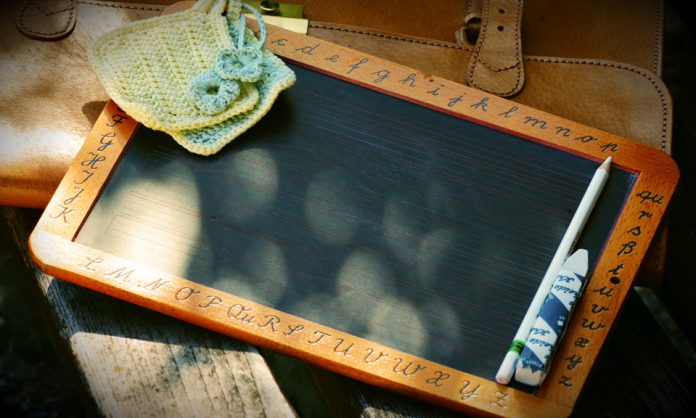By Nina Malanay
Choosing the right school for our children can be a tiring and complicated process. The school’s proximity to the home or workplace, tuition and fees, whether a school is co-ed or exclusive for boys or girls, religious affiliation, school reputation and track record are just some factors that parents take into consideration when choosing the right school for their little ones. With so many factors to consider, and the sheer number of pre-schools that have sprouted over the recent years, the decision can be overwhelming and confusing especially to first-time parents.
Finding the ideal school that fits into your beliefs, needs, and values is so important because it is our children’s first experience in the formal education system. As parents, we do not want our child to be pressured or unhappy in school; we want them to enjoy school and develop an innate love for learning. This is why, for many parents, the decision of which school to send their child to goes beyond practical considerations and logistics.
At the heart of any learning institution is its philosophy and educational approach. How the teaching-learning process takes place and how students and teachers interact with each other is guided by the school’s educational beliefs and philosophy.
There are two major educational philosophies: the Traditional Approach and the Progressive Approach. What are the basic differences of each and which is a good fit for your child?
The Traditional Approach
Learning process – In the traditional classroom, learning is linear – students learn through the accumulation of facts and mastery of skills and concepts taught is expected. Transmission of knowledge is mainly done through lectures, drills and tests. Topics and concepts within the different subject matter areas (such as language, mathematics, etc.) are taught as discrete, disconnected ideas.
Teacher’s role – In the traditional classroom, the teacher is the main source of knowledge and the authority figure. Teachers (and school administrators) decide what content to teach the students, usually based on a pre-determined set of academic standards and skills that are measured by means of an exam or test.
Student’s role – Students are passive learners, merely absorbing the knowledge passed to them by the teachers, usually through rote learning and memorization. They are graded based on their observed understanding of the content, in the form of standardized tests and exams.
The Progressive Approach
Learning process – In the progressive classroom, learning is spiral and dynamic, and the goal is to acquire a deep and broad understanding of concepts and ideas. Knowledge is constructed through play, social interaction and experiential activities. Learning activities are based on a central theme or question, which often stems out of the children’s curiosity. Concepts are integrated across subject areas students draw connections in their learning to real life and everyday experiences.
Teacher’s role – The progressive classroom teacher is a facilitator or guide who stimulates thinking by providing an enriching classroom interaction. Teachers provide meaningful opportunities for creative play, exploration, experimentation and critical thinking activities, making the students co-facilitators of the teaching-learning process.
Student’s role – Students are active learners who take on a vital role in the learning process. They are encouraged to question, challenge and think critically about concepts. They take on the role of planners, co-facilitators and problem solvers. They are assessed based on their individual performance and progress over time, with emphasis on the learning process rather than the learning outcome.
Both the Traditional Approach and the Progressive Approach have their own advantages and disadvantages. There is no perfect philosophy when it comes to education and learning for the simple reason that each child is unique. Each learner has different abilities, needs, values, motivations and attitudes, and these factors affect the kind of school environment a child will thrive in. Hence, when choosing a school, consider your child’s personality and learning style and use it as a guide in determining which learning approach will be the best fit for your child and your family.
Which educational philosophy do you gravitate towards? Share your thoughts in the comments section.
Nina Malanay is a mother to two rambunctious, affectionate boys, aged 7 and 4. Her husband-slash-best friend died in a tragic bombing incident in 2013. As she tries to navigate through life with her boys as a solo parent, she hopes to rediscover herself beyond the many hats she wears – mother, teacher, writer, baking enthusiast, student of life – and move boldly into her future.





